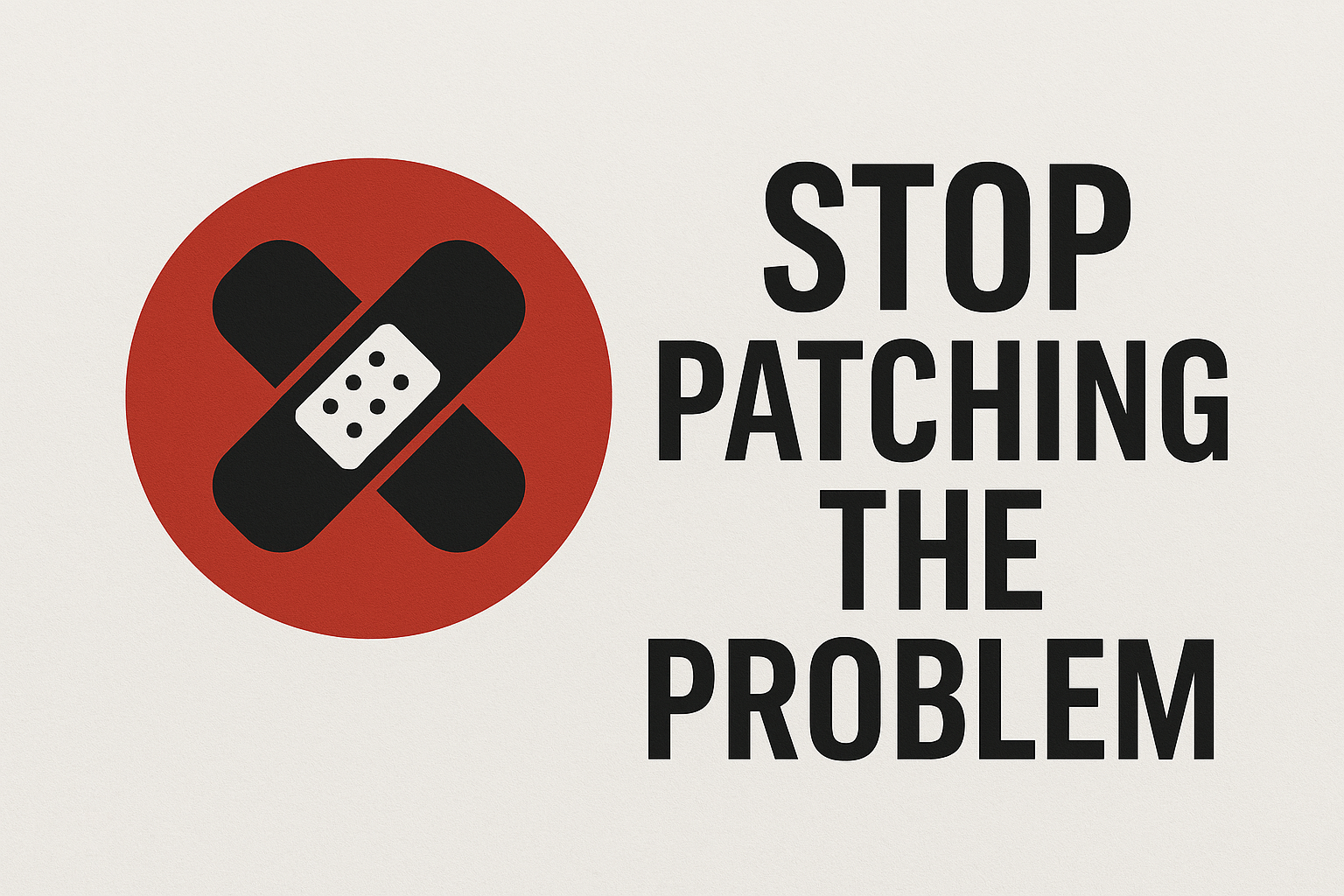“This started a conversation about communication, and consideration and most importantly respect in the workplace.” Kelly Ripa
Not many of us have time to watch ‘Live’ with Kelly and Michael, especially if you have a day-time job; but for the past week, I’ve been watching the saga and the botched announcement of Michael Strahan’s departure quite closely. I have to admit I’m pleased about the conversation it has created on the right way to communicate changes.
As someone who has worked with some of Canada’s largest employers for the past 20+ years, I’ve had my share of reorganization and change announcements. I’ve learned through success and some failure that there is a correct way to manage these announcements internally so that leaders, employees, vendors and customers feel respected and valued along the way.
Here are my top tips:
1. There is a correct order of communication based on impact – With ‘Live’ it seemed that the show staff were the last to know. A public announcement was made and seemed to blind-side the co-star and producer. When communicating a departure, it’s important that direct reports and those most impacted are told prior to public announcement. During large reorganizations that were material, I liked to communicate general facts concurrently with the media announcement and then detailed people announcements to direct reports and team members first before announcing publicly.
2. Leaders must be visible – If a departure is friendly, it is important that departing leaders have a chance to say goodbye. If not, a next-level leader should manage the announcement. These leaders should have fact and messaging sheets available that tell them what’s happened, to whom and why. They should also have prepared questions and answers to be able to lead the conversation with their staff. Having this information and other tools on hand will go a long way to setting leaders and the company up for success . If they don’t have an answer, ensure they have a contact they can go to for more information.
3. Strategy, values and behaviours must be aligned – It’s easy to live your values during the good times, but it’s during the tough and challenging times that your values will be put on display and tested. I ask clients to dig up those mission, vision, values statements and put a consistency lens onto communication plans and messaging. Can we use this messaging to reinforce the direction and remind people that although some things may change, our strategy and values remain the same? There is comfort when alignment exists and chaos when it doesn’t.
4. Bring communication teams in as soon as possible to support – It’s important that internal and external communication teams (or trusted consultants if you don’t have regular support) be brought in as soon as possible to support the change. Having these teams and individuals at the table helping you plan and prepare materials to assist you during announcements will go a long way in helping you deliver change successfully. When needed, ensure everyone on the team has signed a non-disclosure agreement that ensures information remains confidential.
I’ve always maintained that the primary audience of any reorganization announcement is the staff left behind. Our goals are to share information, provide context, reinforce values, and ultimately get employees focused again on delivering business objectives with limited disruption. A proactive plan focused on communication, consideration and respect in the workplace can help you take a tough situation and make it an opportunity for engagement when done right.
If you found this post helpful, you’ll also enjoy our newsletter. It’s a monthly collection of ideas, resources, and inspiration for those passionate about enabling, engaging and empowering employees through strategic internal communication.



